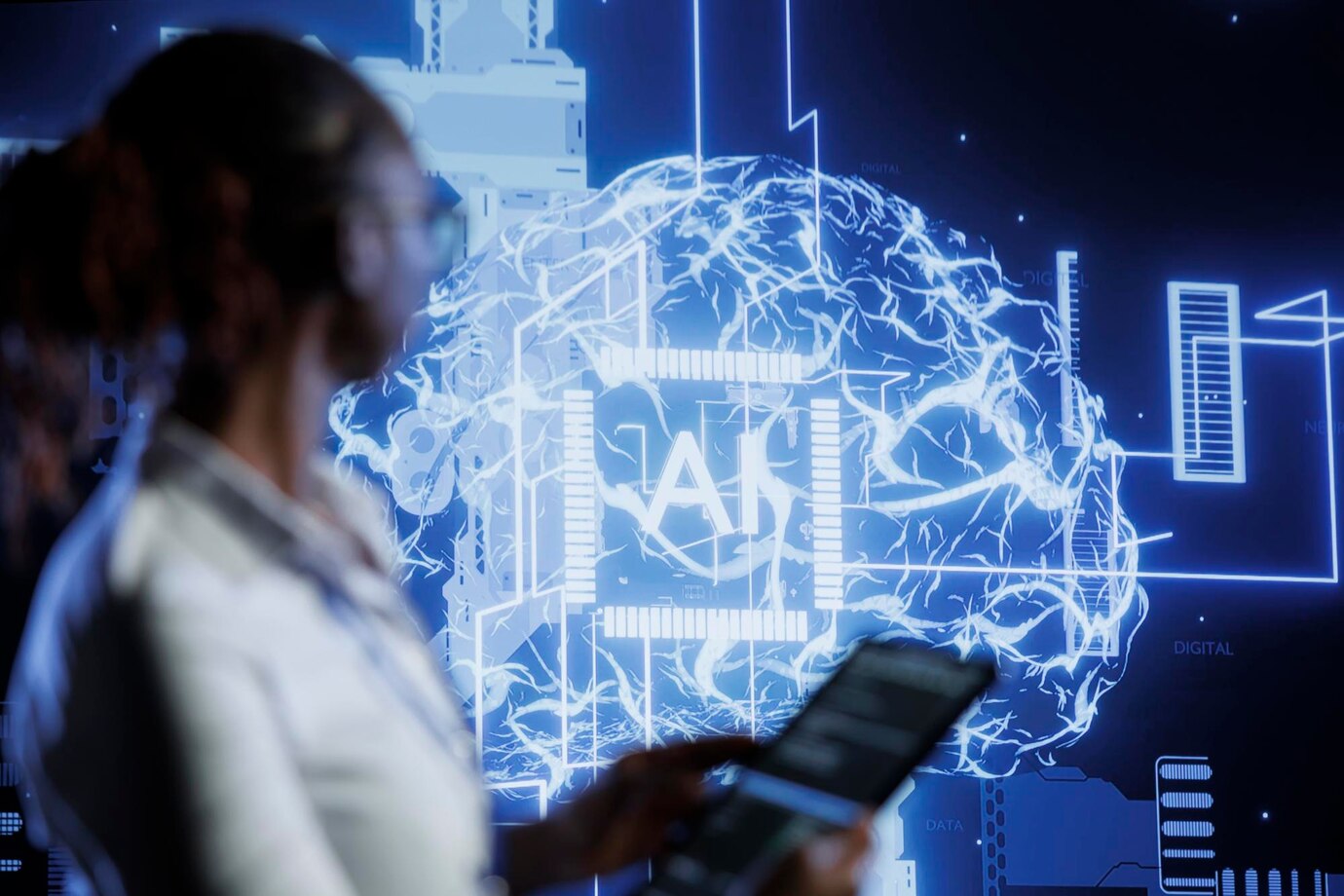Deepfake Fraud
Artificial intelligence technologies are actively used in financial crimes. One of the most dangerous schemes has become deepfake fraud — the use of fake audio and video recordings created using neural networks. These technologies allow scammers to mimic the appearance and voice of real people to deceive companies, banks, and individuals.
One of the common ways of using deepfakes is creating fake videos with supposedly real instructions from leaders of large organizations. Criminals use such videos to fraudulently convince employees to transfer large amounts to controlled accounts.
In addition, deepfake fraud is used in the field of financial investments. Fake videos with well-known entrepreneurs or financial analysts encourage victims to invest money in fictitious projects. The deception can be so realistic that even experienced users do not immediately notice the fake.
There are also cases of deepfake blackmail. Criminals create fake videos with compromising content and demand money for their deletion. Victims, believing in the authenticity of the recordings, agree to the conditions of the attackers, losing significant amounts.

Fake Videos for Deception
- Criminals use deepfakes to create videos where famous personalities supposedly give financial advice, advertise investment projects, or offer quick ways to earn money. These videos are distributed through social networks, messengers, and fraudulent sites, convincing people to invest money in non-existent schemes.
- Another method is faking video calls. Using deepfake technologies, scammers can impersonate company leaders, financial consultants, or bank employees in real-time. Visual imitation makes them more convincing, and victims, trusting what they see, make transfers to fraudulent accounts.
- Fake videos are also used to deceive biometric systems. Some banks and services use facial verification, allowing attackers to hack accounts if they create a high-quality deepfake video.
- Financial scams with deepfakes are also spreading in the cryptocurrency sphere. Fake broadcasts with "giveaways" of digital assets from well-known platforms appear on the network, where users send funds hoping to receive a larger amount in return, but end up without money.

Fake Calls with Deepfakes
Equally dangerous tools have become fake voice calls generated by neural networks. Scammers can clone a specific person's voice and then use it to deceive the victim.
Fake calls with deepfakes are used in several schemes:
- Deceiving company employees. Criminals call an accountant or financial director on behalf of the manager and demand an urgent money transfer.
- Fraud with banks. The attackers impersonate clients, forging their voice, and attempt to gain access to accounts.
- Relative scam. A person receives a call from a supposed acquaintance or family member asking to urgently send money.
- Fake tech support. Criminals call pretending to be bank or service employees, convincing to provide access data to the account.
Such calls may be accompanied by imitation of background noises, speech mannerisms, and emotional coloring, making them as convincing as possible.

How to Protect Against Deepfakes
With the development of deepfake technologies, protective measures must be applied to avoid becoming a victim of scammers. Among the most effective ways:
- Multi-factor authentication. Even if attackers fake voice or video, confirming transactions via SMS code or biometrics reduces the likelihood of hacking.
- Verification of data from independent sources. If a suspicious call or video is received, it is worth contacting the person by another method.
- Use of anti-fraud systems. Some banks and companies use technologies to detect deepfakes, analyzing unnatural facial movements or distortions in voice.
- Training employees and users. Awareness of deepfake fraud helps to quickly recognize threats and prevent financial losses.
- Checking sources of information. Any financial offers and investment projects should be verified through official websites and registered companies.
- Content filtering. Some platforms and social networks develop tools to detect fake videos and voice recordings.

Deepfake identity theft is becoming increasingly complex and sophisticated, but understanding the mechanisms of such schemes allows minimizing risks and avoiding serious financial losses. The use of deepfakes in fraudulent schemes continues to evolve, and attackers are finding new ways to deceive. It is important not only to be aware of such threats but also to regularly update protection methods. Companies, financial organizations, and individuals should implement modern fake detection technologies and increase the level of digital literacy to counter new types of cybercrime.



